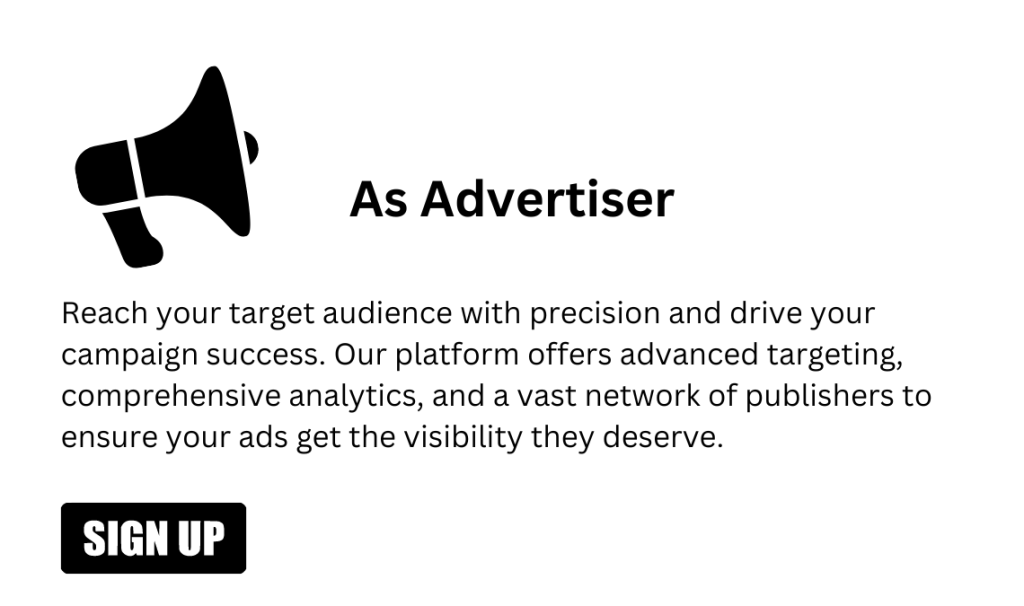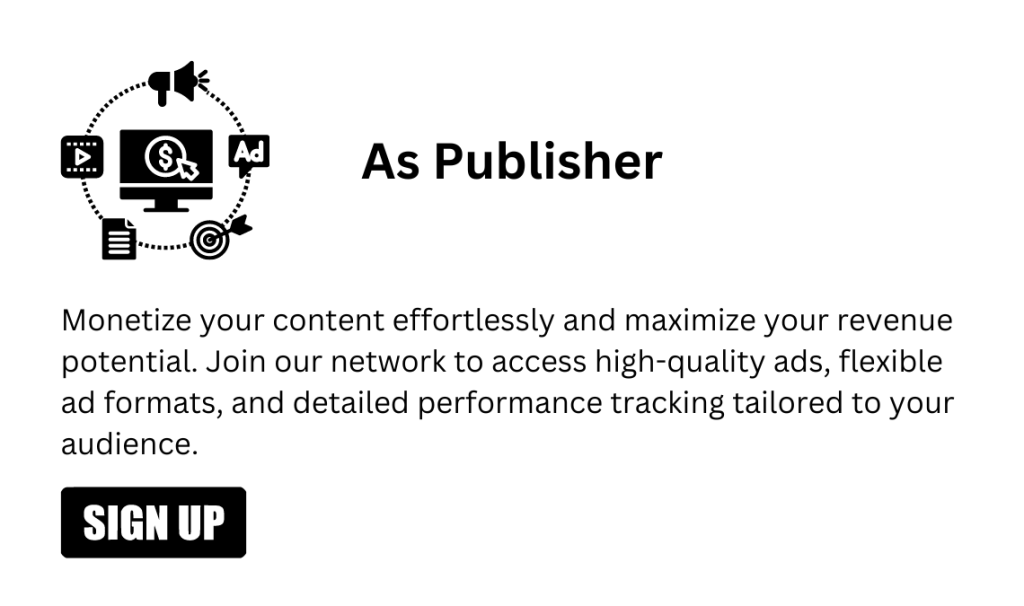
1. Display Ads
Display ads are graphical advertisements that appear on web pages within the Google Display Network. They come in various formats including banners, images, and rich media. These ads are designed to capture the attention of users and drive them to the advertiser’s website.
Key Features:
- Visual Appeal: Use images, graphics, and videos to attract users.
- Various Sizes: Standard sizes include leaderboard (728×90), medium rectangle (300×250), and skyscraper (160×600).
- Flexible Placement: Can be placed on various parts of a webpage like header, footer, sidebar, or within the content.
Benefits:
- Brand Awareness: Great for increasing visibility and brand recognition.
- Wide Reach: Display ads can be shown across millions of websites and apps.
2. Native Ads
Native ads blend seamlessly with the content of the website they appear on, providing a non-intrusive advertising experience. They match the look, feel, and function of the media format in which they appear.
Key Features:
- Integrated Design: Matches the design and style of the platform.
- Content-Oriented: Often appear as sponsored content or recommended articles.
- Higher Engagement: Users are more likely to interact with native ads since they blend in naturally.
Benefits:
- Better User Experience: Less disruptive to the user experience.
- Increased Engagement: Typically have higher engagement rates than traditional display ads.
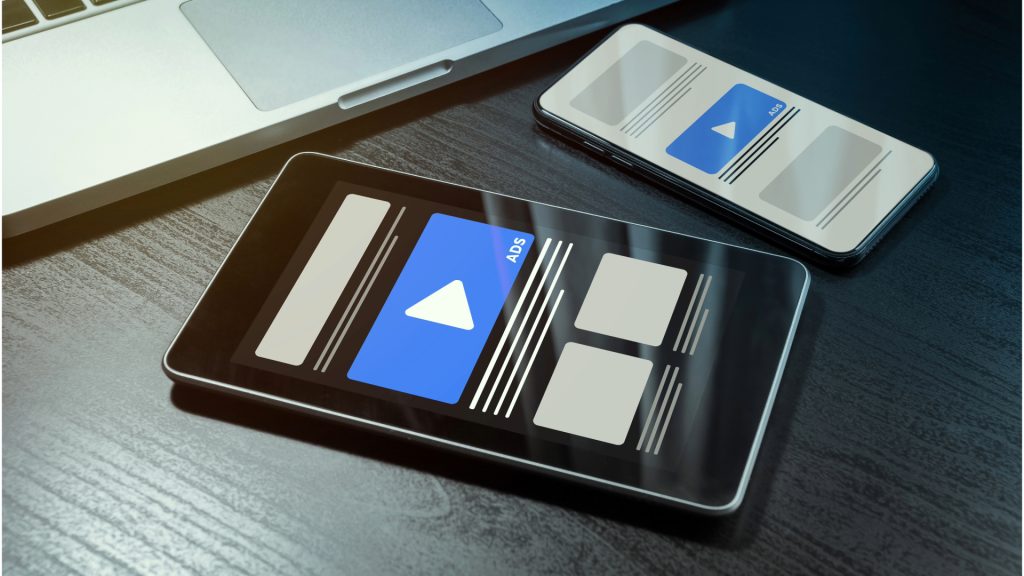

3. Video Ads
Video ads are a highly engaging format that can be displayed on websites, social media platforms, and video streaming services. They can be skippable or non-skippable.
Key Features:
- Dynamic Content: Uses video to convey the message.
- Various Lengths: Common lengths include 15, 30, and 60 seconds.
- Placement Options: Can be placed pre-roll, mid-roll, or post-roll in video content.
Benefits:
- High Engagement: Video content is highly engaging and can effectively convey complex messages.
- Versatility: Can be used for brand awareness, product launches, and driving conversions.
4. Push Notification Ads
Push notification ads are clickable messages sent directly to a user’s device, appearing in the notification tray or lock screen. These ads are typically sent through web browsers or mobile apps.
Key Features:
- Direct Delivery: Delivered directly to the user’s device.
- Immediate Engagement: Can prompt immediate user action.
- Customizable: Can include text, images, and call-to-action buttons.
Benefits:
- High Click-Through Rates: Users often engage with push notifications quickly.
- Timely Messaging: Ideal for time-sensitive promotions or updates.
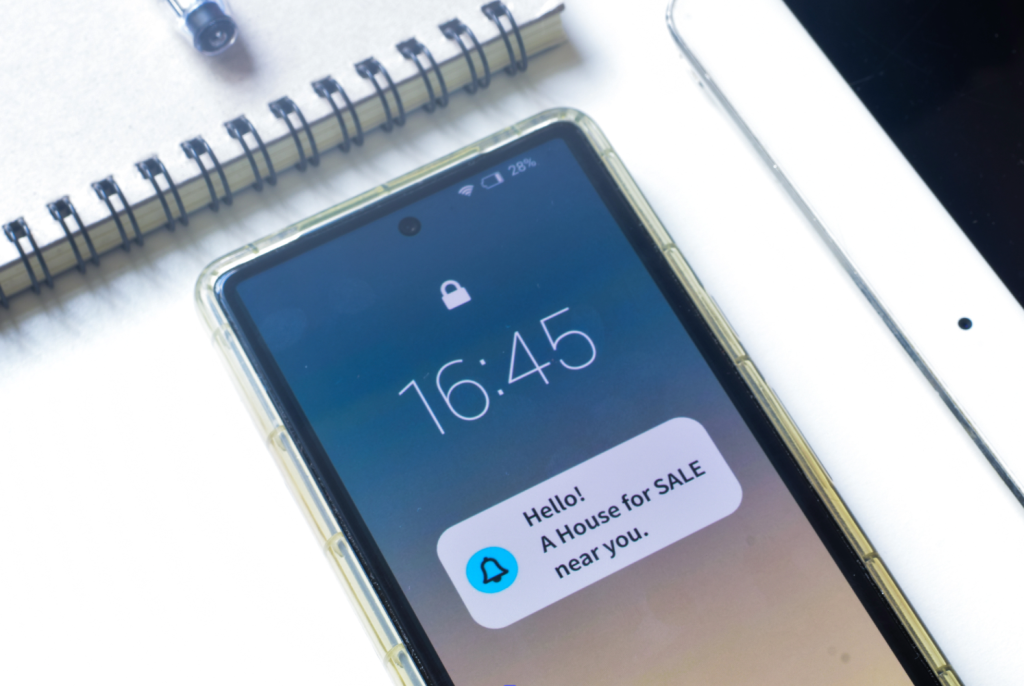
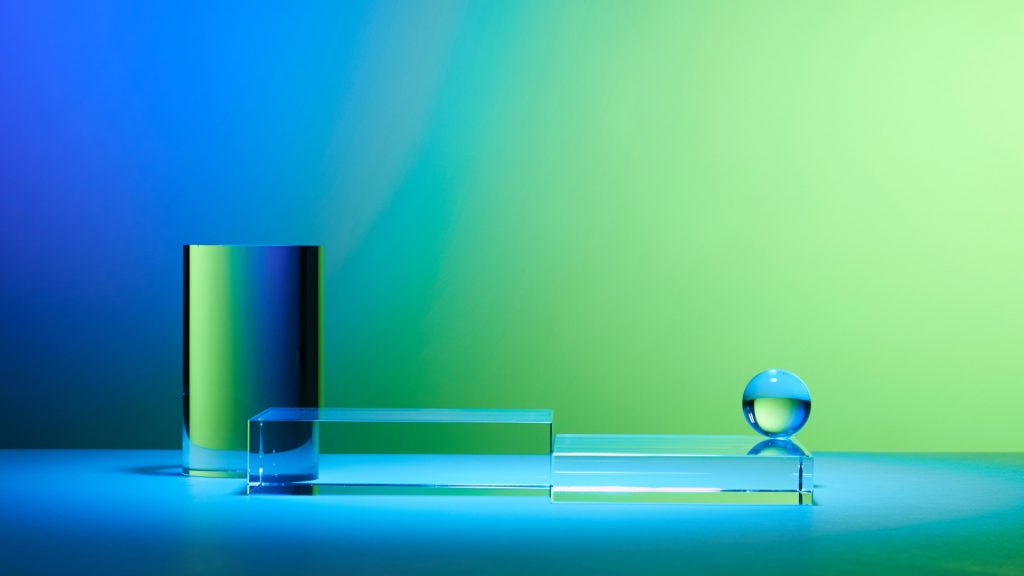
5. Interstitial Ads
Interstitial ads are full-screen ads that cover the interface of their host app or site. They typically appear at natural transition points in the flow of an app or website.
Key Features:
- Full-Screen Experience: Covers the entire screen, providing a high-impact experience.
- Interactive Elements: Can include rich media elements like videos and animations.
- Timed Display: Often displayed for a set duration before the user can close them.
Benefits:
- High Visibility: The full-screen format ensures maximum visibility.
- Effective Engagement: Can capture user attention effectively due to their size and format.
6. Pop-Up and Pop-Under Ads
Pop-up ads appear in a new browser window or tab above the current webpage, while pop-under ads appear behind the current browser window.
Key Features:
- Attention-Grabbing: Pop-ups are hard to ignore, ensuring the message is seen.
- Varied Formats: Can include text, images, and multimedia elements.
- Strategic Placement: Pop-unders appear behind the main window, making them less intrusive.
Benefits:
- High Visibility: Pop-ups ensure the ad is seen by the user.
- Increased Conversions: Effective for promoting special offers or capturing leads.
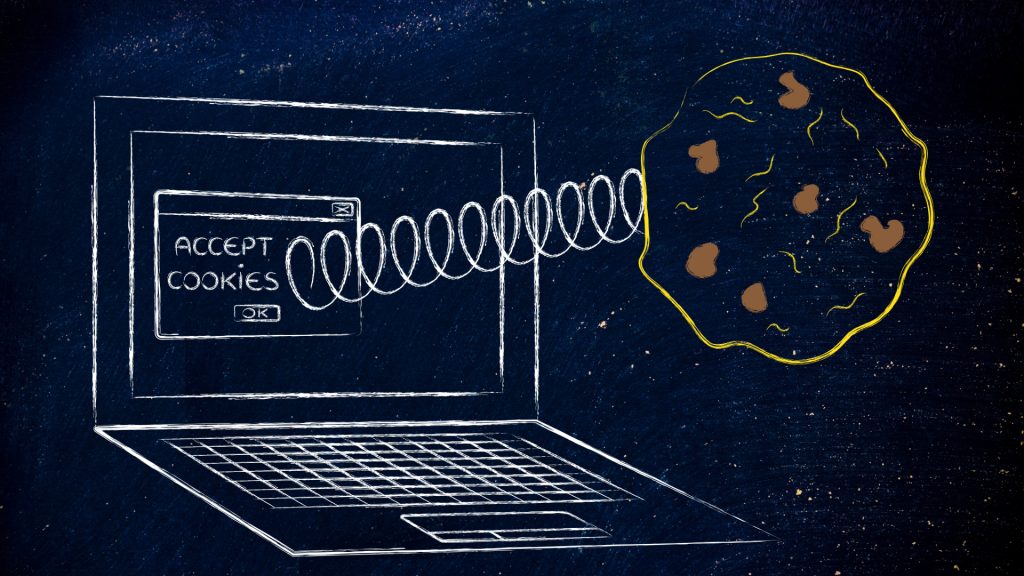

7. Social Media Ads
Social media ads are advertisements served to users on social media platforms like Facebook, Instagram, Twitter, LinkedIn, and more.
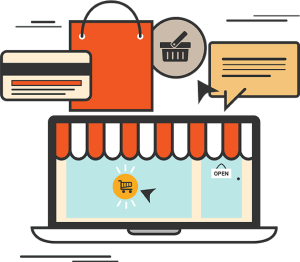
8. Sponsored Content
Sponsored content is a type of native advertising where the ad content mimics the format and style of the website or platform it appears on.
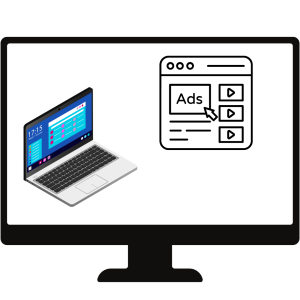
9. Banner Ads
Banner ads are rectangular image or text ads that occupy a specific section of a website. They are one of the most common forms of online advertising.

10. Rich Media Ads
Rich media ads include interactive elements such as video, audio, and other multimedia formats that encourage user interaction.


